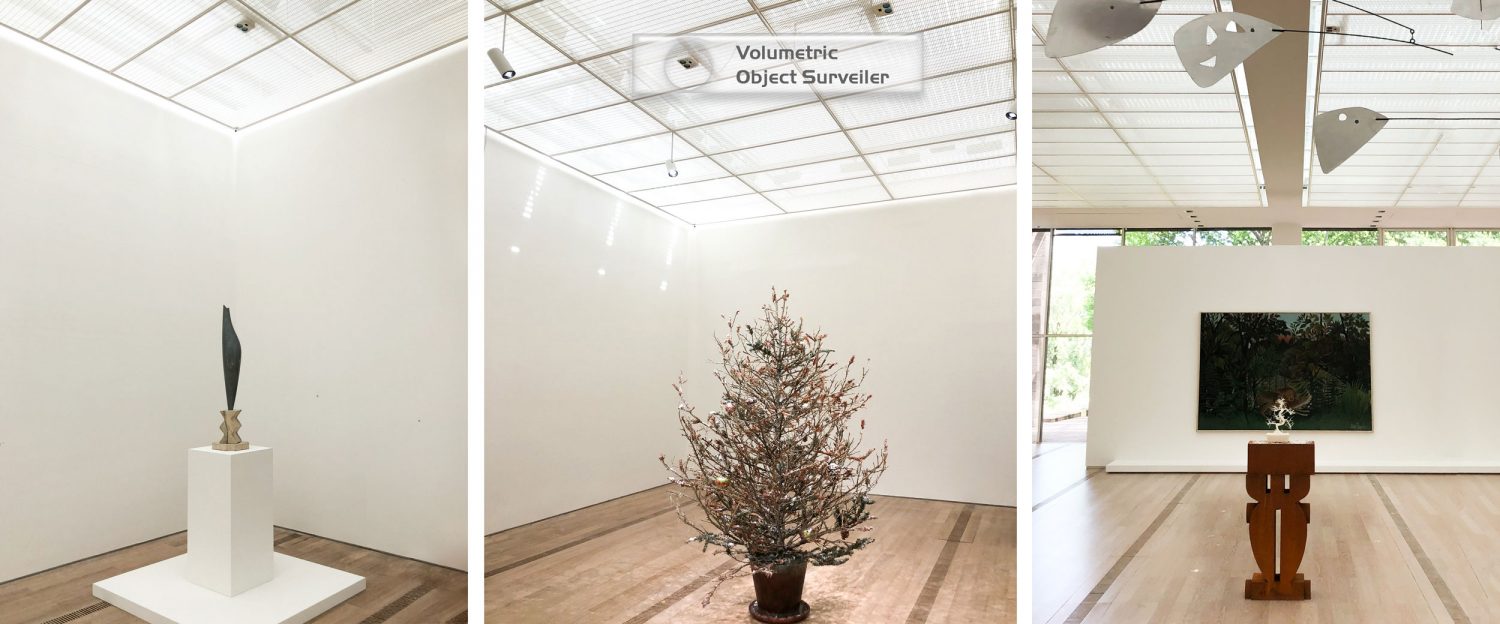IEE security sensors protecting Art. Literally

Whether for museums, art galleries or banks, our intuitive sensors are the ideal equipment to keep your valuables safe
“Look but do not touch” is a mantra that is difficult to practice in front of a fascinating artwork. We spend time studying an exhibited object we like, we look at it from various angles, and sometimes, with or without intent, we get too close to it or we are tempted to touch it.
To avoid this, our proximity sensors have been elaborated to draw a thin, invisible line, between the too-eager admirers and the artistic creation. They help make a clear distinction between visual appreciation and intrusion.
Fondation Beyeler in Switzerland is one museum that currently hosts our Volumetric Object Surveillance (VOS) sensors protecting 3 of their masterpieces: Bird in Space by the Romanian sculptor Constantin Brancusi, Untitled 2017 (no water no fire) by the contemporary Thai artist Rirkrit Tiravanija and Fraught Times, FZRA January 1998 by the French Philippe Parreno.
IEE’s VOS sensors make it possible for visitors to appreciate the masterpieces from up close, all the while shielding them from human intervention. Installed above each object, this innovative technology monitors the space around the objects and triggers an initial alarm if the onlookers get too close to them. As such, visitors become aware of their proximity and are likely to take a step back. The system is also useful to alert security so that they take the necessary measures when needed.
The surveillance sensors are easy to set up and blend harmoniously in the museum landscape, not taking anything away from the beauty on display. Discrete and efficient, they give museums/art galleries managers the peace of mind they need when valuable objects are exhibited and when highly reliable monitoring and warning signals are required to increase protection from overly curious day-time visitors and night-time theft attempts.
The three pieces of art that we survey for the Fondation Beyeler can be visited until autumn 2019. This time, as you enjoy their magnificent sight, remember to also look up and see the VOS sensors which monitor them. Thanks to them, they get a little extra protection.